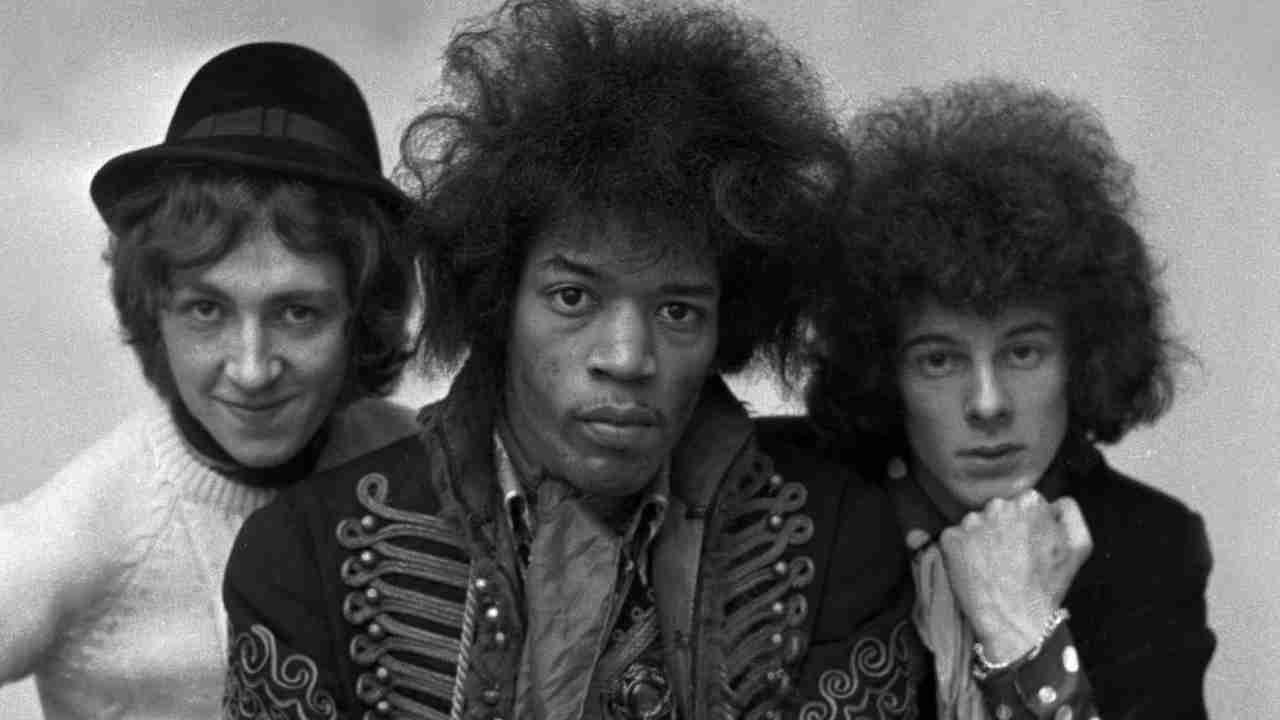
Are you wondering if Megalopolis has a post-credits scene? We’ll tell you right here: It doesn’t have a mid- or post-credits scene of any kind. Full spoilers for the movie follow from here..
. Francis Ford Coppola’s self-funded , controversy-prone science fiction extravaganza Megalopolis has finally arrived, and while critics are split on the film (as of this writing it’s got a 50% critics score on Rotten Tomatoes), there’s no denying that it’s full of head-scratching moments. That might even include during the act of buying tickets for the film, where consumers will find that you have two options: Megalopolis: The Ultimate Experience and plain old regular Megalopolis.

Let’s delve into what the so-called “immersive” Ultimate Experience is all about, as well as what the ending of the movie means...
and more! Having directed such classics as The Godfather, Apocalypse Now, and yes, even Bram Stoker’s Dracula , Coppola has earned a certain degree of latitude when we’re approaching any new project from the filmmaker. He also has attracted quite a cast for Megalopolis, which stars Adam Driver as architect of the future Cesar Catilina, Giancarlo Esposito as Cesar’s rival Mayor Franklyn Cicero, Nathalie Emmanuel as Julia Cicero, daughter of the mayor and lover of Cesar, Aubrey Plaza as Wow Platinum, part financial reporter/part Access Hollywood host, and Shia LaBeouf as Clodio, a cousin of Cesar’s who craves his power and influence. Other familiar faces who show up in supporting or outright small roles include Jon Voight, Laurence Fishburne, Talia Shire, Jason Schwartzman, and Dustin Hoffman.
Set in a futuristic version of New York City, which is now called New Rome, Megalopolis details the ins and outs of Cesar’s battles with Mayor Cicero (and others) over how best to evolve the city and help its masses, and then how best to rebuild it after a Russian satellite falls from the sky and takes out large chunks of the skyline. In an onscreen title card, Coppola presents the film as a “fable,” but is clearly attempting to juxtapose the fall of the Roman Empire with the United States’ current trajectory. Or something.
Frankly, Megalopolis is as confusing as it is ambitious, as convoluted in parts as it is visually cool in others. But what does it all add up to in the end? Read on..
. Did I mention that Driver’s Cesar can freeze time? Yes, amid all the quoting of Shakespeare and psychedelic trips that go on in the film, Cesar has the unique ability to stop time. Usually only Robert Hays and denizens of the Twilight Zone can pull this trick off, but when we first meet Cesar, he barely saves himself when stepping from the edge of the top of the Chrysler Building by.
.. yep, freezing time with just a few words.
He’ll use that trick from time to time, but really it’s his discovery of something called megalon that is his real magic. This super-element allows Cesar, as head of the city’s “Design Authority,” to begin to craft a vision of the utopia that he wants to morph New Rome into. (That vision kinda looks like a planet Doctor Strange would visit, but whatever.
) This stands in opposition to the mayor’s more by-the-book take on how to improve the city – he prefers the old-fashioned way, which is to say to not change much. And then there’s Voight’s rich guy Crassus, whose money will be needed for whoever’s vision wins out. Throughout the film there’s a lot of sparring, both verbal and for position, culminating in an assassination attempt on Cesar that leaves half his face blown off.
But megalon is used to reconstruct him, resulting in a glowing half-face that is even more trippy than the scenes when characters are actually tripping out. Cesar has other problems though, namely that Shia LaBeouf’s Clodio has teamed up with Aubrey Plaza’s Wow to close Cesar’s bank accounts while also forcing Crassus (who Wow married in a futuristic Coppola wedding sequence earlier in the film) into retirement in order to take control of his fortune. Clodio has also developed a cult of personality following that is opposed to Cesar, thanks to his promises that he will make life better for the ordinary and downtrodden citizens of the city, even if he actually doesn’t care about them.
Crassus seems to have a stroke at one point, but we soon learn that he is faking how extensively he was affected by that incident. This results in Wow and Clodio being taken by surprise in Crassus’ bedroom when he pulls out a bow and arrow and kills his wife. An injured Clodio escapes, but he is apparently murdered by a rampaging mob of his followers, who string him up.
With Wow’s bloodied body still lying on his bedroom floor, Crassus decides that he wants to be remembered as a “good man,” and he opts to fund Cesar’s plans for utopia. Meanwhile, despite her father the mayor’s protestations, Nathalie Emmanuel’s Julia has married Cesar, and together they have a child. Cesar gives an impassioned speech to the people of the city, and the mayor realizes that he can’t fight Cesar any longer – especially now that he has Crassus’ backing.
And besides, they’re related by marriage now too! As the film draws to its end, Cesar, Julia, and their baby are joined onstage by the mayor and his wife as the crowds of New Rome cheer them on. The stage is set for Cesar’s utopia to get underway (it’s got a magic walking path and everything!). Cesar asks Julia to stop time (she seems to have the ability as well now), which she does.
.. but their baby is oddly unaffected and continues to move while everyone else is frozen.
A title card appears with a pledge of allegiance...
to the planet Earth. And then the credits roll. Why isn’t the baby frozen like everyone else? Like much of Megalopolis, it probably comes down to a more metaphorical read of events.
Cesar and Julia’s child represents the future that they have been working to make better for all the generations who will one day live in New Rome, and so the ball is now in their court – starting with that baby! For decades, Coppola has wanted to change how movies are made and distributed. His production company American Zoetrope (formerly known as Zoetrope Studios) was founded as a way to work outside of the Hollywood system, and while it never quite played out that way for the filmmaker for a variety of reasons, even now we see him experimenting with Megalopolis. Megalopolis: The Ultimate Experience is an option in some theaters across the country that includes a unique version of a scene in the film where Adam Driver’s character is speaking to offscreen reporters.
In the regular version of the film, offscreen voices play those reporters. But in the Ultimate Experience, what Lionsgate is calling a “live participant” actually appears at the front of the theater to interact with Driver onscreen, asking questions as Driver’s filmed image responds. Reports indicate that some of these “live participants” have a spotlight on them or a microphone for their dialogue as well.
Indiewire has a good breakdown of this interesting aspect of Megalopolis’ release if you’d like to learn more. You can also check out what it’s like in the video right here: the megalopolis audience interaction scene. love it or hate it this is boundary pushing as fuck.
pic.twitter.com/zGKIHqwoy6 — Bbm7 (@leche_ninho) September 24, 2024 No, as stated earlier, there are no scenes after or during the credits in Megalopolis.
But what did you think of the film? It’s a real doozy, isn’t it? Let’s discuss in the comments!.














